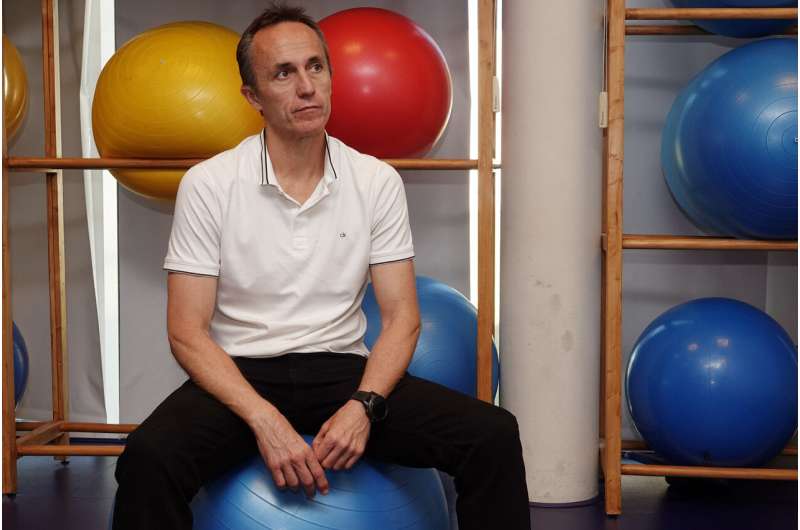
Musculoskeletal (MSK) pain is currently the second cause of disability in the world, the first being mental illness. This is affirmed by the researcher of the Department of Physiotherapy of the University of Malaga Alejandro Luque, who uses the term “the hidden pandemic” to refer to these medical conditions that include, among others, chronic low back pain, arthrosis or cervical pain.
In order to identify the cognitions, emotions, and behaviors of people living with chronic pain, researchers of the Faculty of Health Sciences have developed the first and largest information synthesis in the world.
It is a “review of systematic reviews,” what is known in the scientific sphere as an “umbrella review,” which includes the analysis of more than 280 papers of the world’s literature with information on patients, collected through interviews rather than questionnaires. The results have been published in Journal of Orthopaedic & Sports Physical Therapy (JOSPT).
The patient at the center of the treatment
“This is the first global study that recognizes how people living with MSK pain feel, confront and behave, as well as their impact on their family, social and labor environment,” says UMA Professor Alejandro Luque, who asserts that this information is key to place the patient at the center of the medical treatment.
The expert stresses the importance of having worked with interviews, which allowed them to know lots of common stories and expressions such as “my pain is incurable, invisible, omnipresent or unbearable…” among many others. Approaching the way these people cope with pain, either actively or passively, has been another of its advantages.
Precision treatments
This study stresses the importance of considering not only clinical history, but also the cognitions and emotions, apart from ways to cope with the disorder, that people experience about their pain. The ultimate goal is to design precision treatments.
“Decision-making should take into account both sources of information, and should be agreed with patients, preparing them to be able to manage their pain by themselves, always accompanied by a healthcare professional and their family environment,” explains Luque.
Source: Read Full Article






